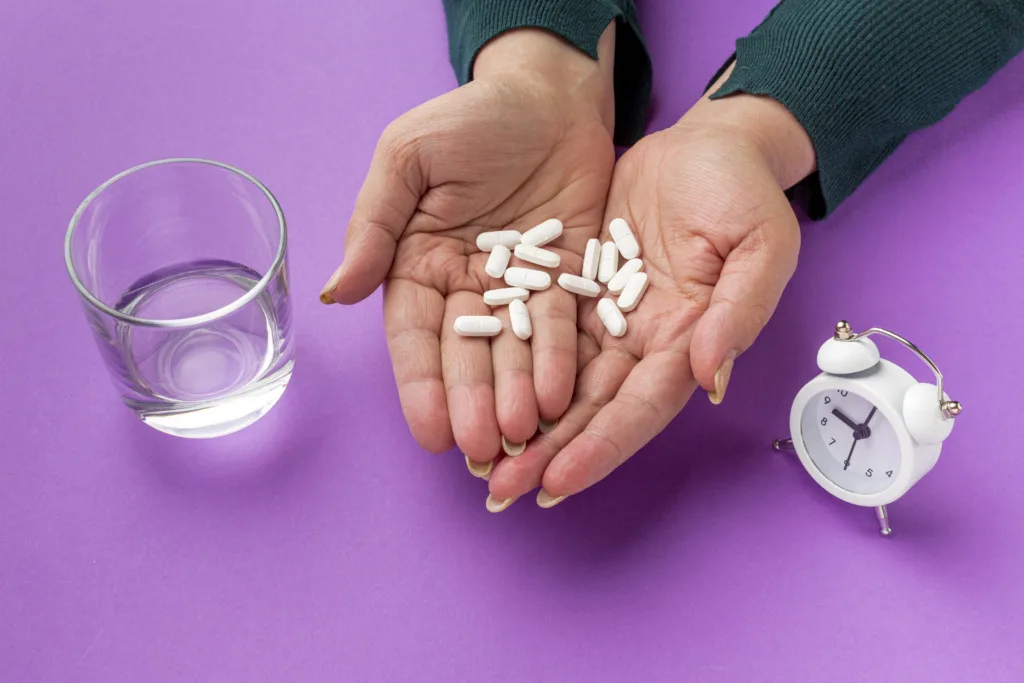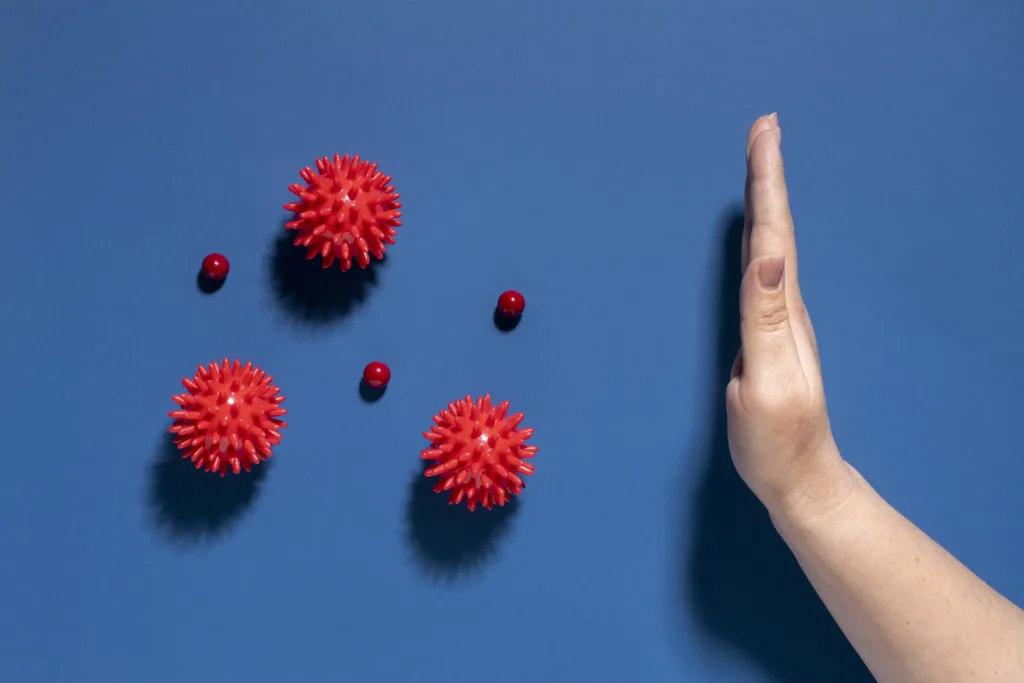Parenteral Route of Drug Administration
Parenteral route of drug administration involves delivering medications directly into the body through methods other than the digestive system. If rapid absorption of the medicine and effective action are required, this approach shall be used. The parenteral administration bypasses this route and allows the drug to enter directly in the blood stream rather than oral ingestion, which involves the gastrointestinal tract. At the scene of emergency treatment or when a patient’s condition makes it impossible for them to swallow medicinal products. Health professionals may ensure effective administration of the medicine and optimal patient outcomes by means of different parental techniques such as intramuscular injection, subcutaneous or intramuscular injections.
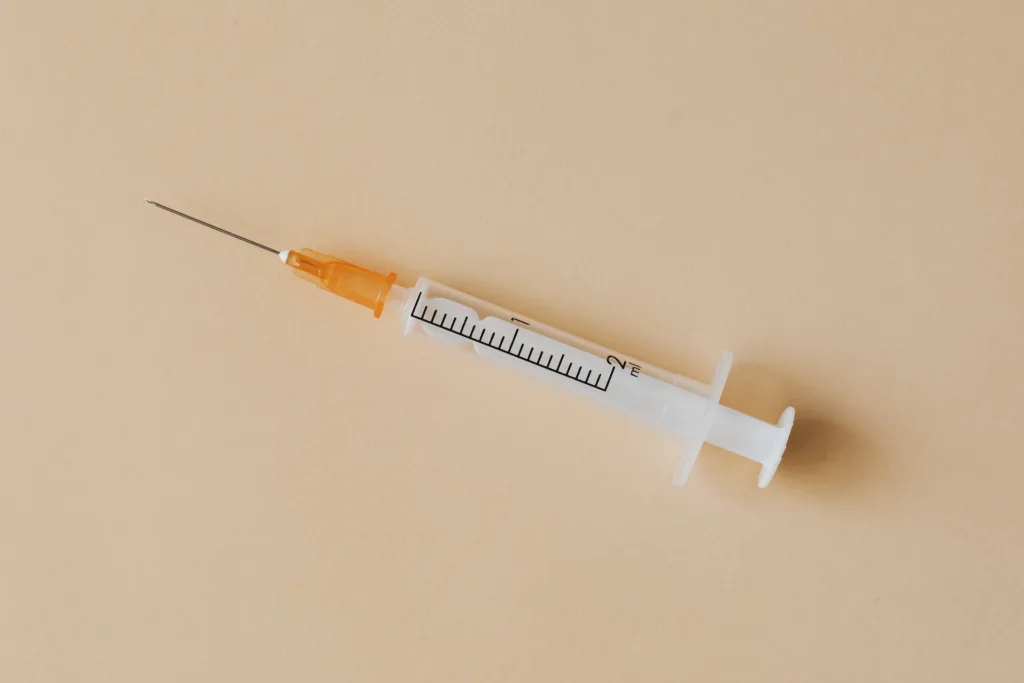
Table of Contents
Types of Parenteral Route of Drug Administration
Parenteral Route of Drug Administration are three types-
- Intravenous (IV) Administration
- Subcutaneous (SC) Administration
- Intramuscular (IM) Administration
Intravenous (IV) Administration:
Intravenous (IV) administration is a vital method of delivering medications directly into the bloodstream. It a part of Parenteral Route of Drug Administration. The method is to insert a thin needle or tube into the vein, most commonly in the arm. This will allow healthcare professionals to achieve rapid drug absorption leading to a fast onset of action. IV administration is particularly advantageous in critical medical situations where immediate effects are crucial.
The drug travels directly to its intended location in the body through the bloodstream. This method enables accurate dosage monitoring and provides a practical means of delivering massive doses of fluids, minerals, and pharmaceuticals.. IV administration is commonly used in emergency situations, surgery, and situations where medications need to take effect quickly.
Medical professionals must undergo specialized training to perform IV administration accurately and safely. In order to avoid complications and the best possible results, appropriate techniques, attention to detail as well as careful monitoring of patients following treatment are necessary.
Subcutaneous (SC) Administration:
Subcutaneous (SC) administration is a method of delivering medications into the tissue layer located beneath the skin and above the muscles The needle will be inserted into the subcutaneous tissue and the medicine injected as part of the subcutaneous administration. The drug then gradually diffuses into the blood vessels, ensuring a controlled and extended release over time. For medicinal products that require a constant and prolonged effect such as insulin for the treatment of diabetes, this method is widely used. In areas with a layer of subdermal fat, e.g. in the abdomen, upper arm or leg,cutaneous injections are usually carried out. These areas provide a convenient and relatively painless site for injection.
To avoid unpleasantness or tissue damage, healthcare professionals should educate patients on the correct injection techniques and location of injections. Medical professionals can help patients stay in a stable level of therapy and be effective at managing their condition if they are ensured that the subcutaneous administration is correctly and consistently administered.
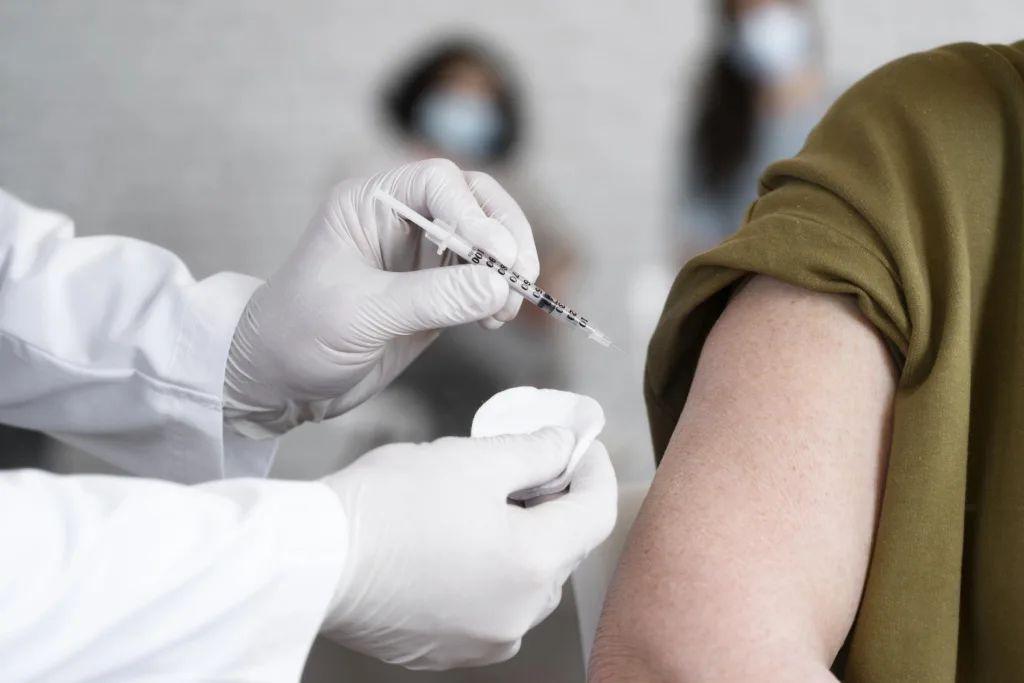
Intramuscular (IM) Administration:
Intramuscular injection is a technique for delivering medicinal products directly into muscle tissue.
Needles are used to inject the medicinal product in a muscle during intramuscular administration. The rapid uptake of this medicine, which leads to a more rapid onset of action than subcutaneous administration, is driven by high blood flow and the well vascularized nature of muscle tissue.
IM injections are commonly used for medications that need to be absorbed more rapidly than subcutaneous injections allow. Intramuscular administration is often provided for vaccines, some antibiotics, pain killers and medicines necessary in case of emergency. The common injection site is the deltoid muscle of the upper arm, the giant lateralis muscle of the leg and the gluteal muscles of the buttocks.
Appropriate technique is essential for avoiding injury, ensuring an accurate dose and reducing the patient’s discomfort. The benefits of intravenous administration and supporting patients’ quality of life may be optimised for health care professionals if they follow the suggested injection site, use appropriate needle sizes and ensure sterile procedures.
Importance of Sterile Procedures:
There can be no overstatement of the importance of sterile practices in healthcare procedures, especially as regards parenterally administered medicinal products. The absence of any harmful organisms, e.g. bacteria, virus or fungi, which are capable of causing infection or contamination is referred to as sterility.
Sterile procedures are vital for several reasons:
Infection Prevention: Introducing microorganisms into the body through injections can lead to serious infections. These infections, which may come in the form of a localized abscess and have an impact on the whole body, can be prevented using sterile techniques.
Patient Safety: Patients undergoing parenteral drug administration often have compromised immune systems or underlying health conditions. Their well being may be at risk with any contamination that they are exposed to in this procedure.
Treatment Efficacy: Contaminated injections might not deliver the intended dosage of medication, rendering the treatment ineffective. The correct dose that is needed for the patient’s condition can be ensured by maintaining sterility.
Professional Responsibility: Healthcare providers have a responsibility to follow best practices to ensure patient safety.
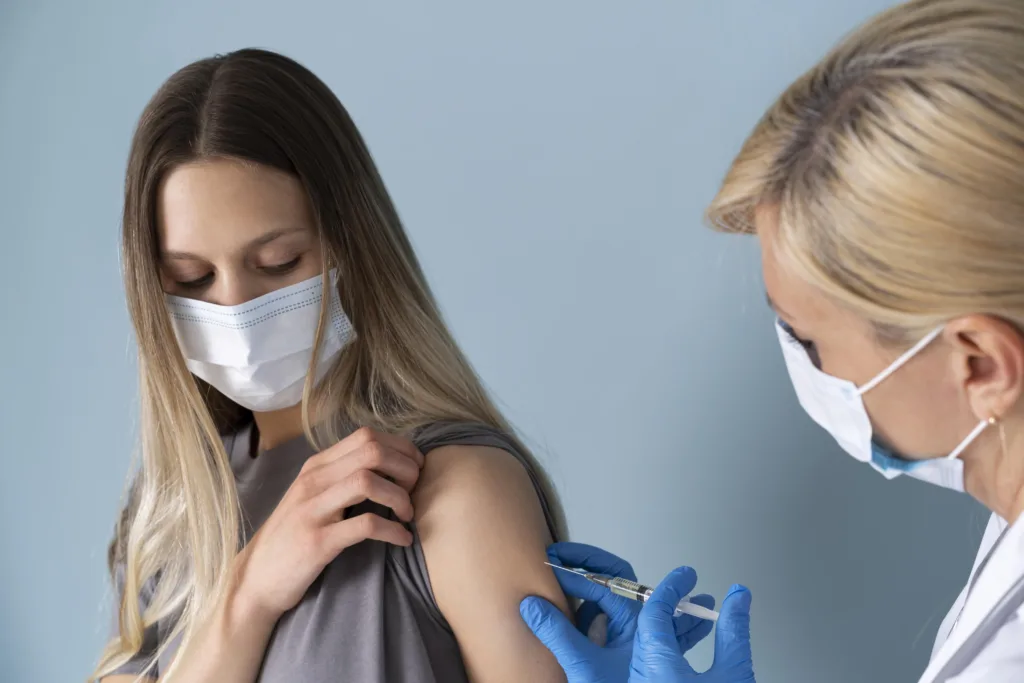
To maintain sterility during injections:
Wash Hands: Healthcare professionals must wash their hands thoroughly before beginning the procedure.
Use Sterile Equipment: All equipment, including syringes, needles, and vials, must be sterile and sealed until immediately before use.
Cleanse the Injection Site: The injection site should be thoroughly cleaned with an appropriate antiseptic to reduce the risk of introducing microorganisms.
Avoid Touching Sterile Surfaces: Once prepared, sterile equipment should not come into contact with non-sterile surfaces or hands.
Proper Disposal: Used needles and other disposable equipment must be discarded in designated sharps containers to prevent accidental needle sticks and further contamination.
Choosing the Right Injection Technique
The most important decision which healthcare professionals have to make is the choice of appropriate injection technique, taking into account various factors. The effectiveness of treatment, as well as the patient’s overall experience, can be severely influenced by the selection of a correct technique.
Here’s a brief guide on how to choose the right injection technique:
Type of Medication: Consider the characteristics of the medication being administered. Some drugs are better suited for rapid absorption, requiring an intravenous or intramuscular route, while others may require slow and sustained release, making subcutaneous administration more appropriate.
Onset of Action: Determine how quickly the medication needs to take effect. Intravenous injections provide the fastest onset, followed by intramuscular and then subcutaneous injections.
Patient’s Condition: Assess the patient’s medical condition and overall health. For the optimisation of treatment efficacy, particular injection routes may be beneficial for patients with impaired circulation, reduced immunity or some other health condition.
Dosage and Volume: The volume of the medication to be administered can influence the choice of technique. Intravenous administration is suitable for larger volumes, while smaller volumes are often administered subcutaneously or intramuscularly.
Patient Preference: If the patient is capable of self-administering medication, their comfort and preference should be considered. Some patients may prefer subcutaneous injections over intramuscular due to perceived pain or ease of administration.
Professional Training: Healthcare professionals should use techniques they are proficient in. The correct administration, minimising the risk of complications, is ensured by appropriate training.
Potential Side Effects: Consider the potential side effects of each technique. When administered to particular tissues, certain medicinal products may cause irritation or discomfort.
Needle Size and Length: Patients’ comfort and absorption of the medicinal product may be influenced by the choice of needle size and length. Intramuscular injections often require longer needles to reach the muscle layer effectively.
Injection Frequency: The frequency of medication administration may impact the choice of technique. Patients requiring frequent injections might prefer subcutaneous methods that are less invasive.
Images Credits: Image by rawpixel.com on Freepik Image by Freepik Image by Freepik Image by Freepik Image by Freepik



